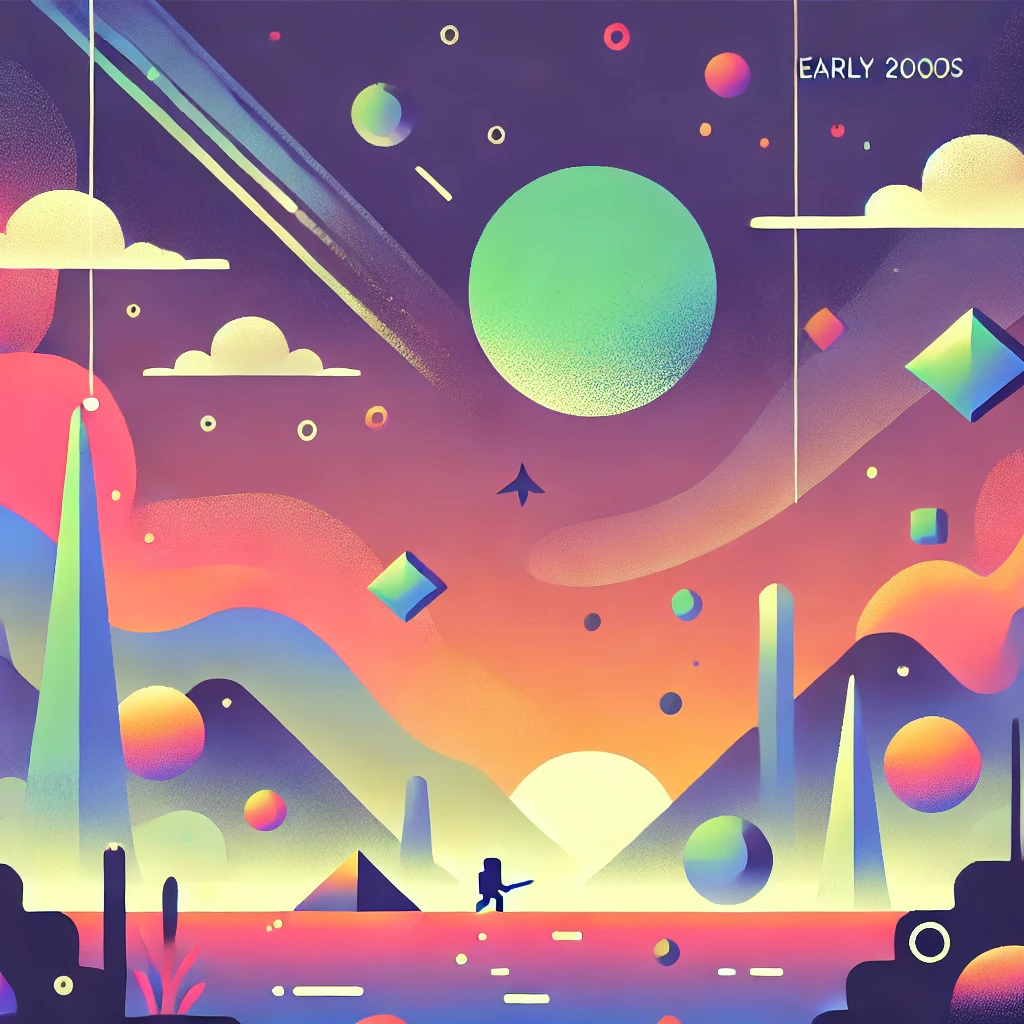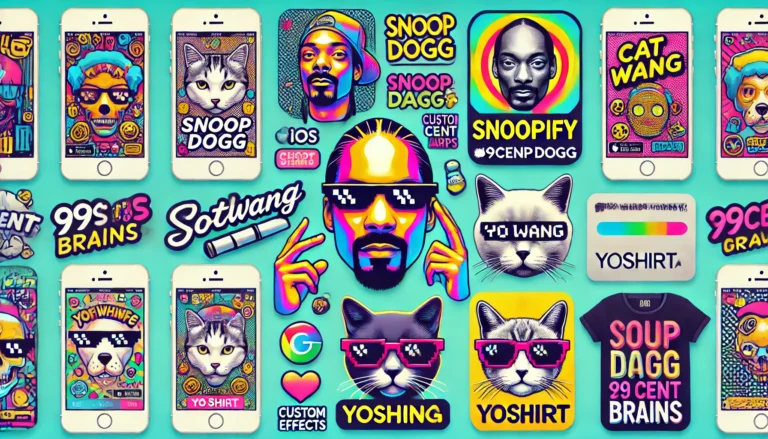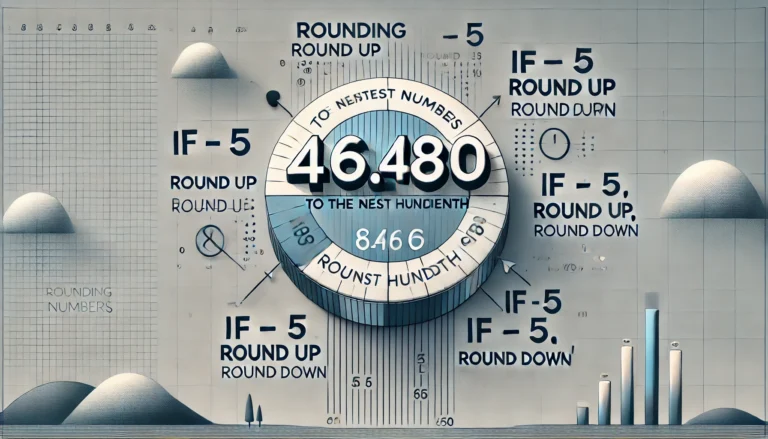Early 2000s Abstract 2D Computer Games: A Nostalgic Dive into Experimental Design

Early 2000s Abstract 2D Computer Games: A Nostalgic Dive into Experimental Design
Early 2000s Abstract 2D Computer Games: A Nostalgic Dive into Experimental Design
The early 2000s was a period of exciting innovation in computer games, as developers began to experiment with minimalism, abstract storytelling, and immersive audio-visual experiences. As processing power improved, many designers leaned into abstract, 2D art styles that pushed the boundaries of conventional game design. Here, we look back at some of the defining titles that captured the abstract essence of that era, each bringing unique experiences through simple visuals, atmospheric sound, and conceptual gameplay.
1. Rez (2001)
Developed by United Game Artists, Rez was one of the earliest and boldest ventures into combining music and gameplay in an abstract, sensory experience. Although technically a 3D rail shooter, the game’s abstract visuals often felt more like a dynamic piece of digital art than a traditional video game. Players moved through trippy, pulsating environments, shooting at enemies that emitted musical sounds, resulting in a synchronized blend of gameplay and electronic beats. The game remains a cult classic for its pioneering blend of music and abstract visuals, effectively setting the stage for rhythm-based games that would emerge later.
2. Ico (2001)
While Ico is often regarded as an action-adventure game, its minimalist aesthetic and atmospheric storytelling veered into abstract territory for many players. Created by Team Ico, the game follows a young boy named Ico, who teams up with a mysterious girl, Yorda, to escape a sprawling, eerie castle. The game’s art direction emphasized silence, vast empty spaces, and soft lighting, creating a mood that felt both abstract and intimate. Ico’s legacy endures not just in its innovative gameplay, but in its restrained, minimalist storytelling style, which conveyed a haunting, dreamlike quality that left a lasting impact on players.
3. Osmos (2009)
Although released in the late 2000s, Osmos embodies the minimalist design approach that had gained popularity in the early part of the decade. Developed by Hemisphere Games, Osmos casts players as a single-celled organism, navigating through a universe of other floating motes. The objective is simple: absorb smaller motes to grow larger while avoiding being absorbed by bigger ones. The game’s fluid physics, calming soundtrack, and abstract visuals made it a meditative experience that captured the essence of minimalism in a 2D format.
4. Runaway: A Road Adventure (2001)
Runaway: A Road Adventure, by Pendulo Studios, merged traditional point-and-click mechanics with vibrant, stylized 2D graphics. Set against pre-rendered backgrounds, the story follows Brian Basco, a young scientist, who becomes entangled in a whirlwind adventure with Gina Timmins, a nightclub singer. Although the game was narrative-driven, its unconventional art style and atmospheric backdrops created a uniquely immersive experience. The abstract visuals, with their bold color palettes and quirky character designs, made Runaway a visually memorable entry in the early 2000s point-and-click genre.
5. Superbrothers: Sword & Sworcery EP (2011)
Superbrothers: Sword & Sworcery EP arrived just after the early 2000s, but its minimalist design and abstract storytelling are rooted in the same sensibilities that shaped earlier games. Combining a retro pixel-art style with an ambient soundtrack by musician Jim Guthrie, the game focuses more on exploration and atmosphere than on traditional action mechanics. Its surreal, mystical landscapes and enigmatic story drew players into a world where the boundaries between game and art were intentionally blurred.
Legacy of Early 2000s Abstract 2D Games
These games—and others like them—showcased how abstract design could evoke powerful emotions and unforgettable experiences. By minimizing graphical detail and focusing on mood, music, and simple mechanics, developers tapped into an aesthetic that transcended traditional genres. Their pioneering spirit set the foundation for today’s indie games, where minimalism, abstraction, and experimental storytelling are celebrated and explored further.
The early 2000s may be long gone, but these abstract 2D games remind us of a time when designers took risks to offer players new ways to experience gaming as art.
What was the computer game with figurines in the early 2000s?
One notable game with figurine-style characters from the early 2000s was Disney’s Toontown Online (2003), a multiplayer online game where players controlled cartoon-like characters. Another popular title was Skylanders (released in 2011, though inspired by early figurine concepts), which allowed players to use physical figurines to interact with the game.
What was the early 2000s dinosaur hunting computer game?
Carnivores is a well-known dinosaur hunting game from that era. Carnivores and its sequels, released in the late 1990s and early 2000s, were 3D games that allowed players to hunt various dinosaurs across diverse environments. Players had to be cautious, as some dinosaurs could hunt them back!
What were the first 2 computer games made?
The earliest computer games were Spacewar! (1962) and Tennis for Two (1958). Tennis for Two was developed by physicist William Higinbotham as an interactive demonstration of basic physics, while Spacewar! was created by MIT students as a space-themed shooter and one of the first games to run on a computer.
What was the first PC computer game?
The first PC (personal computer) game was likely Microsoft Adventure, which was released in 1979 and was a text-based adventure game. Another early PC game is Colossal Cave Adventure, a text-based exploration game also released in the late 1970s. These games ran on early PCs and set the foundation for many interactive storytelling games that followed.






